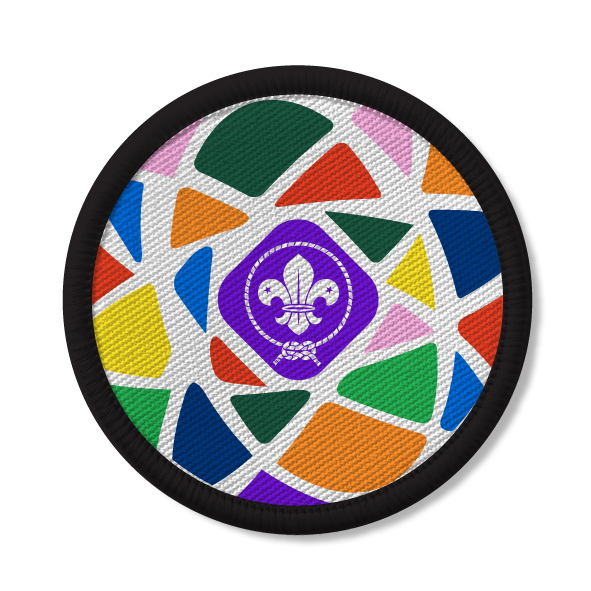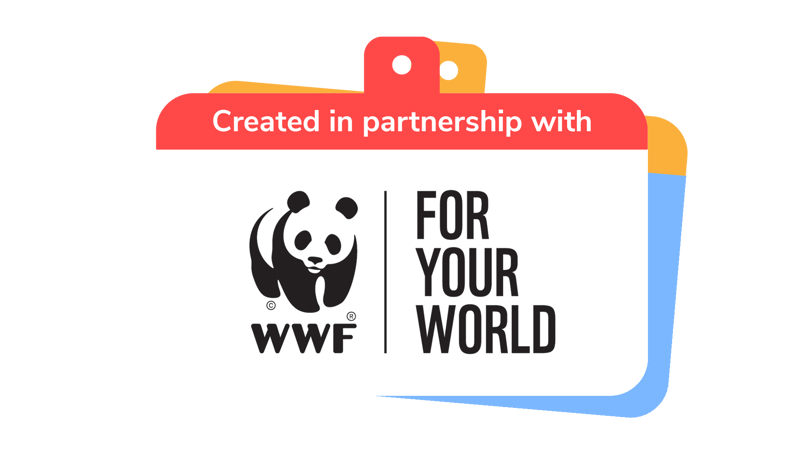
Carbon conscious
You’ll need
- Pens or pencils
- Big pieces of paper
- Access to the internet
- Access to a computer
- Carbon conscious information sheet
- Event planning checklist
Make your pledge
- The person leading the activity should explain that the choices people make have an impact on the environment.
- Everyone should think about the sorts of choices they make every day that affect the environment, for example, the things they eat, the way they travel, and the things they buy.
WWF has a handy Food for thought poster with more information.
- Everyone should think about the impact of their choices. They could use the BBC’s climate change food calculator or the World Land Trust carbon calculator to work out the impact of yesterday’s dinner or their journey to the meeting. If they can’t access these, they could use the Carbon conscious’ information sheet instead.
It’s important to create a space that doesn’t shame or judge people. This is all about learning.
- Everyone should work out the impact of eating a ‘high impact food’ every day (compared to a few times a week) or using a different mode of transport for a short journey they make a lot.
- Everyone should think about how they’ll use this knowledge to lower their carbon footprint. They should make a pledge to reduce their impact.
Pledges don’t have to be all-or-nothing. Something like ‘try to eat more plant-based foods and less meat and dairy by trying veggie sausages and some different plant milks on my cereal’ or ‘take the bus to town at the weekend rather than driving’ is great; people don’t have to abandon their cars and go totally vegan overnight. Be aware of other reasons people may find it difficult to make changes, for example, disability or finances.
- Everyone should share their pledge – it’s up to them how they do it: they could write it down, record a video, or even turn it into a song. If you can, why not share some on social media.
Spread the word
- Everyone should decide what message they want to share – do they want to focus on the impact of food, or transport (or both)?
- Everyone should arrange a date, time and venue where people can gather together and learn about how their choices impact the planet.
Use the ‘Event planning checklist’ to make sure you’ve thought of everything.
- Everyone should prepare for their event. Do they want to make copies of the ‘Carbon conscious’ information sheet available, or set up access to the online calculators in step three above?
- When people arrive, share your new knowledge with them and help them understand the impact their actions make. What difference would small changes (for example, only eating a ‘high impact food’ a few times a week)?
- Everyone should share the pledges they’ve made – how did they find a balance between making a positive difference and keeping it realistic?
- Everyone should give their guests a chance to make a pledge of their own. They should give everyone a chance to share it, for example, on a display or social media.
- Once guests have left, everyone should tidy away, making sure to recycle all of their rubbish.
This activity could easily be run with younger sections.
Make your pledge
When talking about how our behavior effects the world around us you could talk about how the young people travel to school discuss how food travels to supermarkets and shops or where they go on holiday and how they get there.
Discuss the actions the young people could take to reduce their carbon emissions.
Spread the word
Think about the actions our younger sections could take. Maybe they could create posters, make a video or hold their own meeting and invite their grown ups.

This activity helps contribute towards some of the UN's Sustainable Development Goals. Find out more about the SDGs, and how Scouts across the world are getting involved.


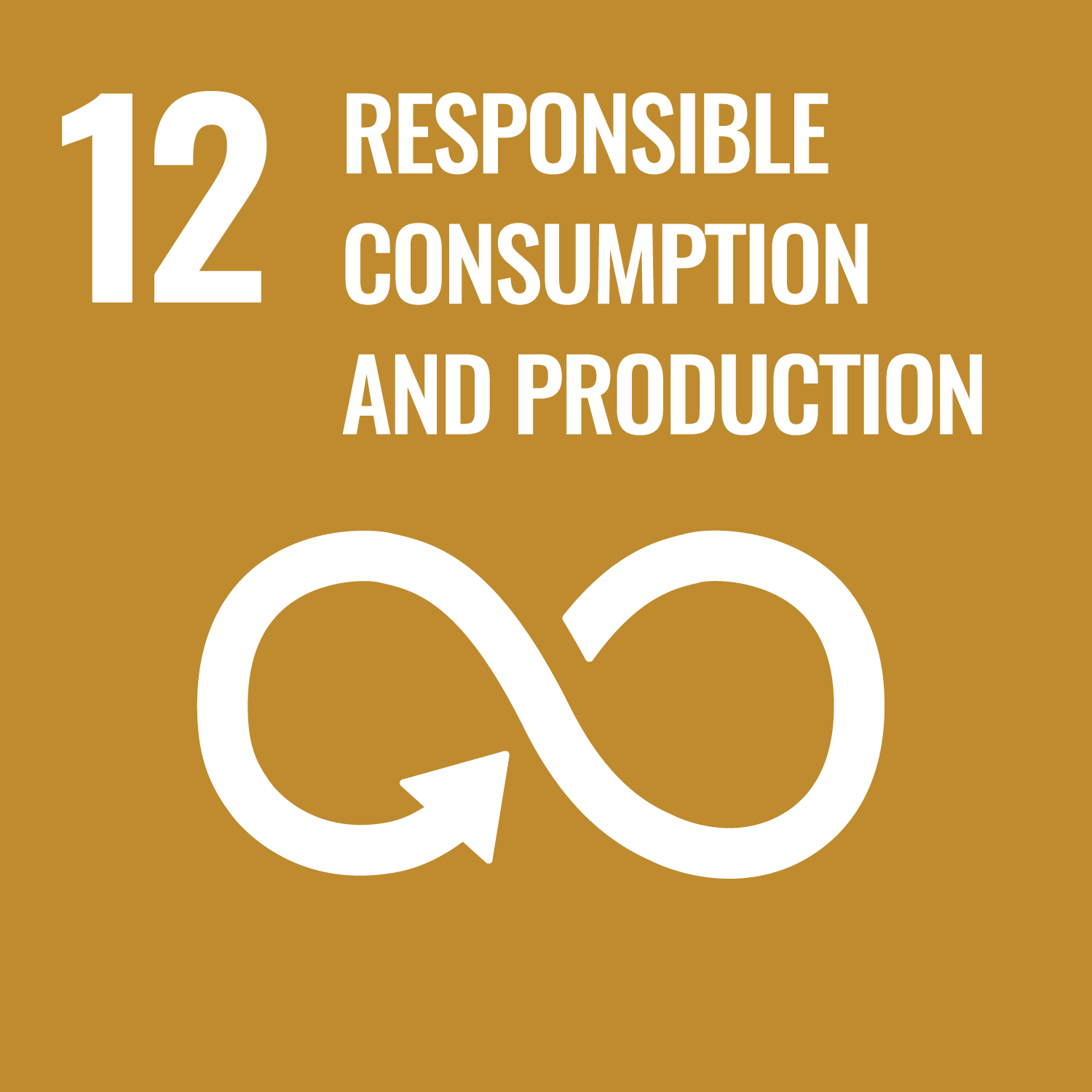
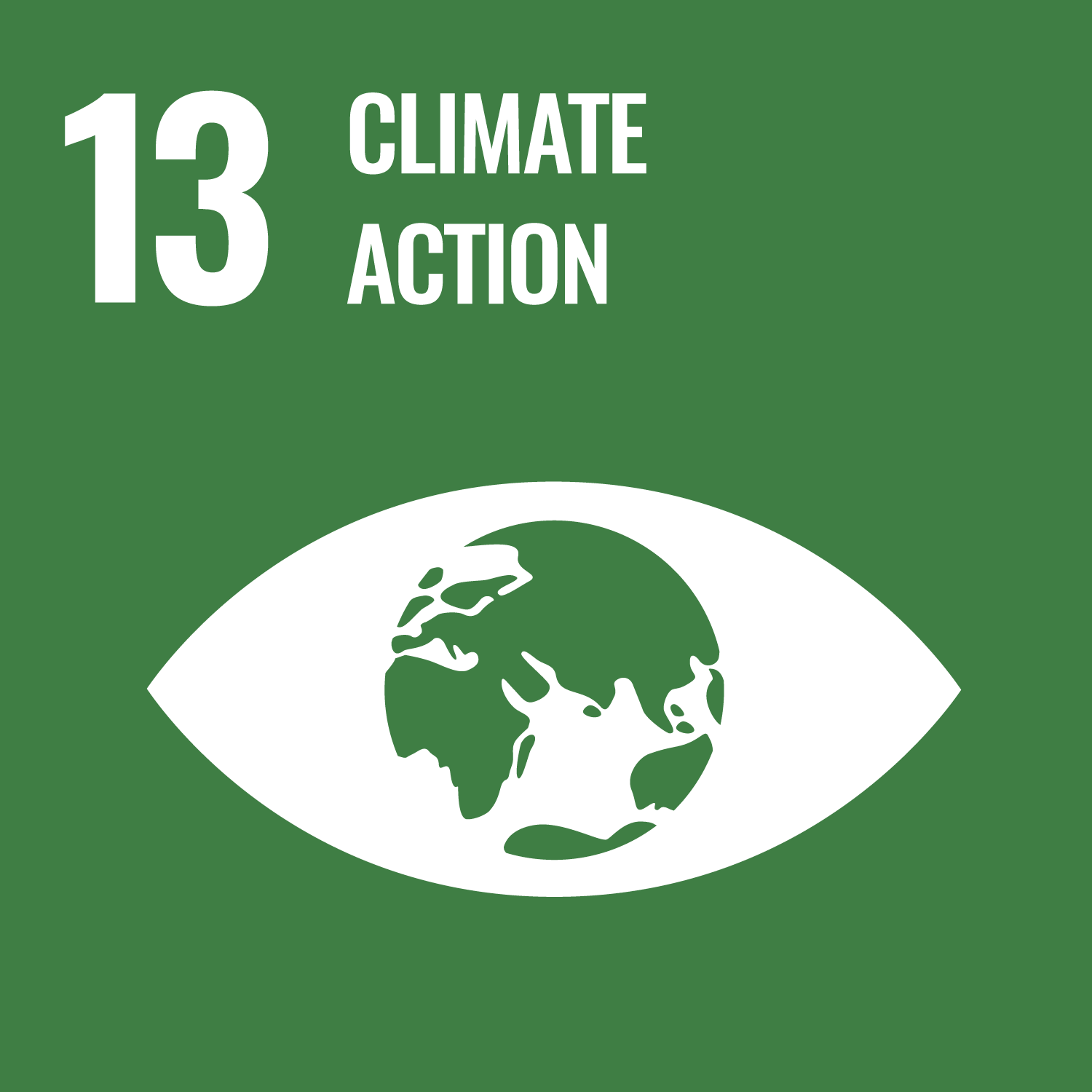
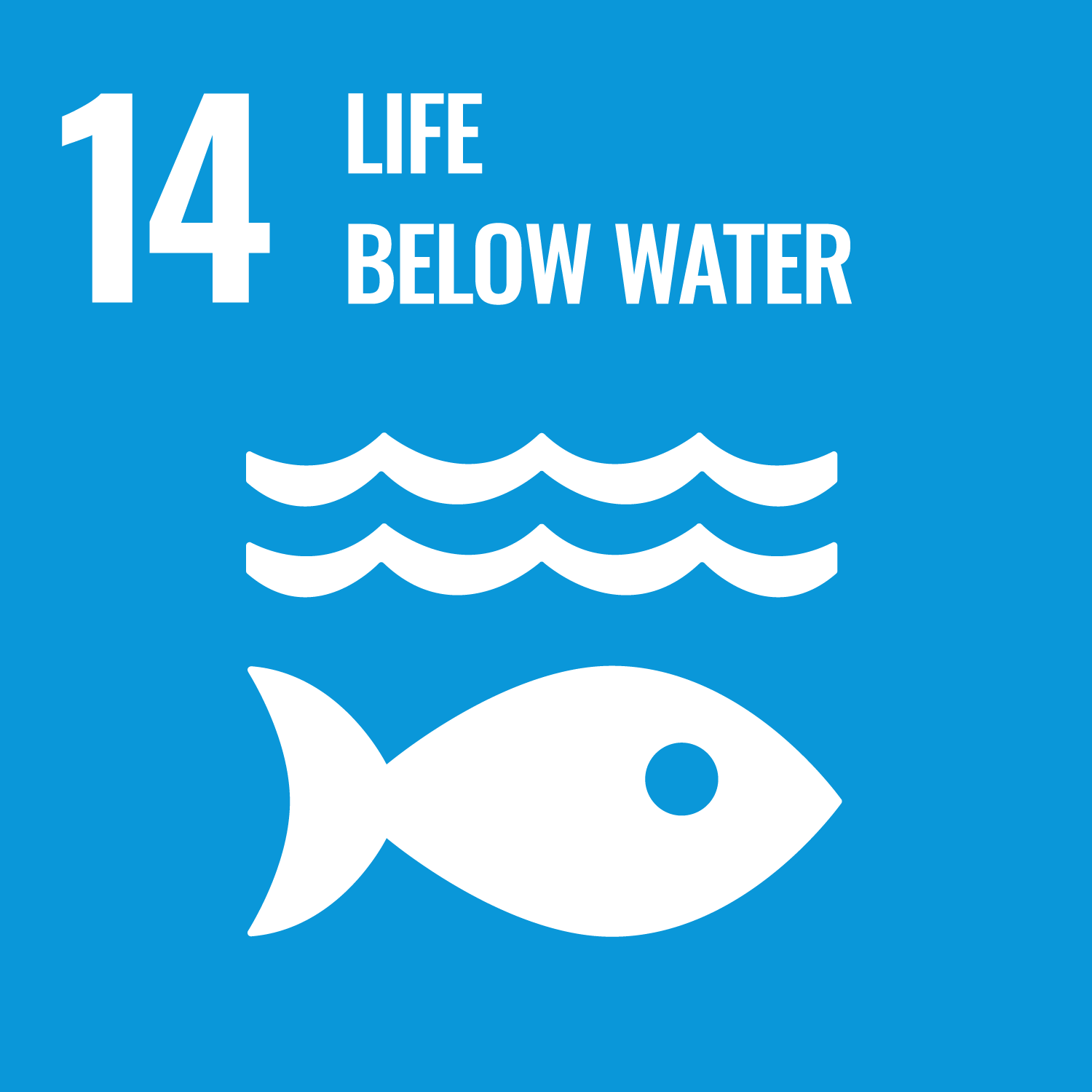
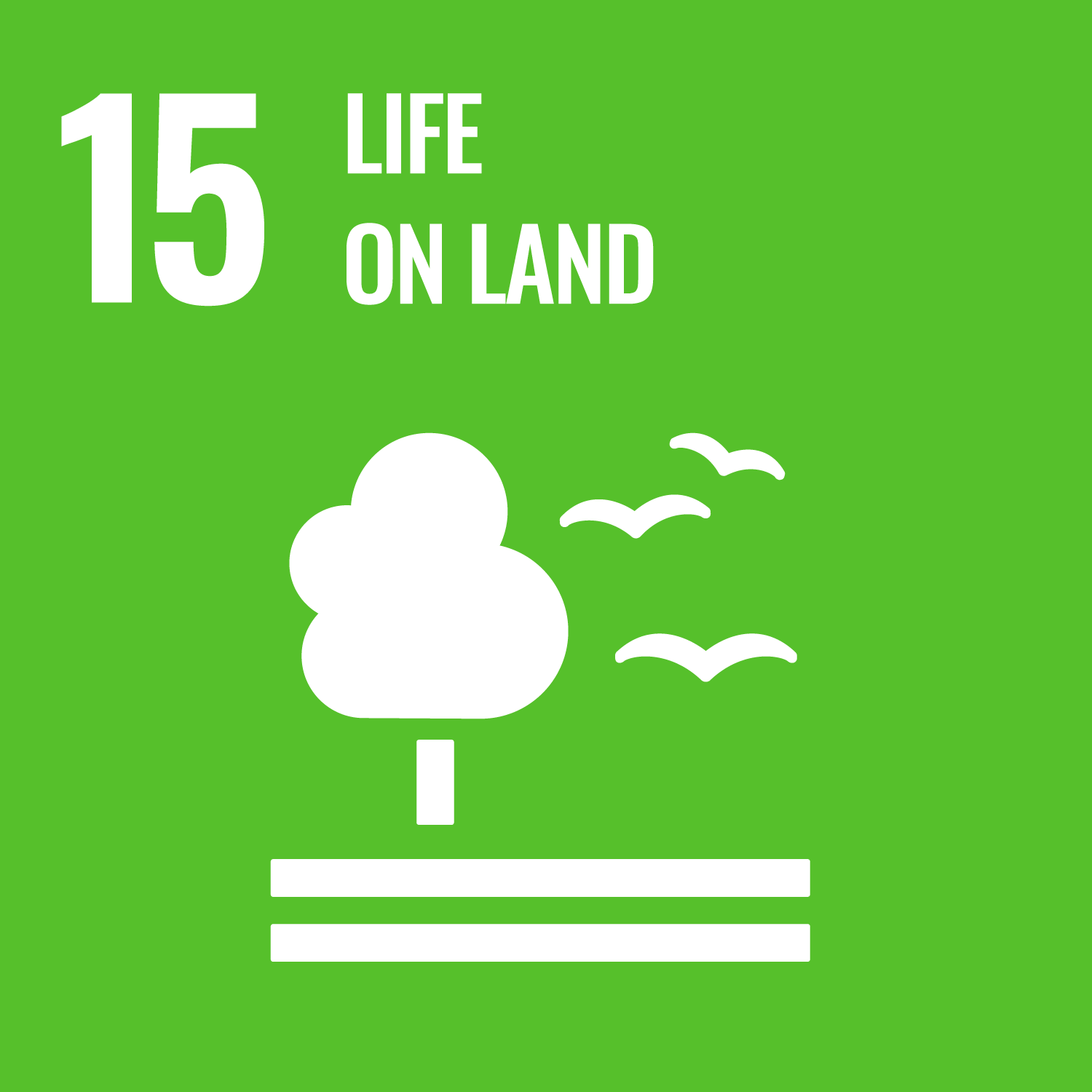
Reflection
This activity was about being a citizen. Well done to everyone for making a pledge to make a difference (and sharing it with others, too). Should everyone be concerned with how much carbon they emit? Who experiences the most negative effects from climate change? Do you think governments or individuals should take the lead on reducing carbon emissions?
This activity was also about being responsible. How did it feel to make a pledge that involved a (small) sacrifice for a (bigger) cause? Why do you think people are often unwilling to make big changes to their own lives? How else can people be responsible towards the environment? People may think about doing their best to avoid single use plastic when they don’t need it, making sure to recycle as much as possible, or not littering.
Safety
All activities must be safely managed. You must complete a thorough risk assessment and take appropriate steps to reduce risk. Use the safety checklist to help you plan and risk assess your activity. Always get approval for the activity, and have suitable supervision and an InTouch process.
- Outdoor activities
You must have permission to use the location. Always check the weather forecast, and inform parents and carers of any change in venue.
- Cooking
Teach young people how to use cooking equipment safely. Supervise them appropriately throughout. Make sure it’s safe to use and follow manufacturers’ guidelines for use.
- Fires and stoves
Make sure anyone using fires and stoves is doing so safely. Check that the equipment and area are suitable and have plenty of ventilation. Follow the gas safety guidance. Have a safe way to extinguish the fire in an emergency.
- Food
Remember to check for allergies, eating problems, fasting or dietary requirements and adjust the recipe as needed. Make sure you’ve suitable areas for storing and preparing food and avoid cross contamination of different foods. Take a look at our guidance on food safety and hygiene.
- Online safety
Supervise young people when they’re online and give them advice about staying safe. Take a look at our online safety or bullying guidance. The NSPCC offers more advice and guidance, too. If you want to know more about specific social networks and games, Childnet has information and safety tips for apps. You can also report anything that’s worried you online to the Child Exploitation and Online Protection Command. As always, if you’ve got concerns about a young person’s welfare, including their online experiences, follow the Yellow Card to make a report.
If people don’t feel comfortable running an event, they could create an online campaign to share their pledges and encourage others to make pledges of their own.
There are lots of reasons people may not be able to make some changes, for example, disabled people may not be able to access public transport that meets their needs, or people on lower incomes (or with eating disorders or other medical conditions) may not be able to commit to removing foods from their diets. You may want to explain this as part of creating an environment that’s free from judgement and focuses on the positive changes people are able to make.
Pledges don’t have to include writing – people could draw or record their voices instead.
If you hold an event, make sure the location and activities are accessible.
All Scout activities should be inclusive and accessible.
Get in touch with local decision makers (for example, MPs/AM’s/MSP’s or councillors) to share your pledges. Could they come to your event or make a pledge of their own?
Why not create an alternative recipe book (or recipe cards) containing environmentally friendly versions of your favourite dishes? You could show the difference in greenhouse gas swapping to these recipes would make. Could you hand the recipes out at your event?
What will you do when you achieve your pledge? Will you take it a step further and try another challenge?
Discover more at https://www.wwf.org.uk/








